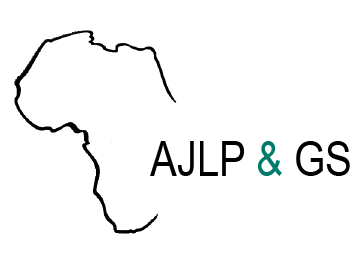Resource information
Context and background: Flooding is one of the most feared consequences of climate change. It is one of the most devastating scourges on the planet today. The year 2010 was marked by a perceptible disruption of the rainfall regime in almost every corner of the globe. In Benin, as in many African countries, the rains of 2010 have caused floods with devastating consequences on all levels (social, economic, environmental, health, etc.). Therefore, the need to think about a better management of flood risks is an essential issue..Goal and Objectives: The overall objective of this study is to contribute to a better knowledge of the determinants and effects of floods on the environment and health of the populations of the districts of Agblangandan and Ekpè in the municipality of Sèmè-Podji.Methodology: The present work is an empirical research, carried out in a synchronic and diachronic approach, focusing on the analysis of the determinants of flooding in the districts of Agblangandan and Ekpe in the commune of Sèmè-Podji in Benin, on the one hand, and of the associated socio-environmental and health consequences, on the other. Thus, it combines qualitative and quantitative techniques of data collection in order to achieve the set objectives.Results: A combination of natural and human factors are at the root of the floods recorded each year in the districts of Agblangandan and Ekpè in the commune of Sèmè-Podji. These floods constitute a threat to life with serious consequences on the health of the populations. Indeed, the various waterborne diseases identified during the research prove that malaria, gastrointestinal diseases, acute respiratory infections and diarrhea are the main diseases that strike the population during floods. The health facilities put in place are often insufficient and access to them during floods is difficult because some road infrastructures are also impassable. In these circumstances, the populations develop their own means of defense to cope with these diseases as well as with the floods themselves.


